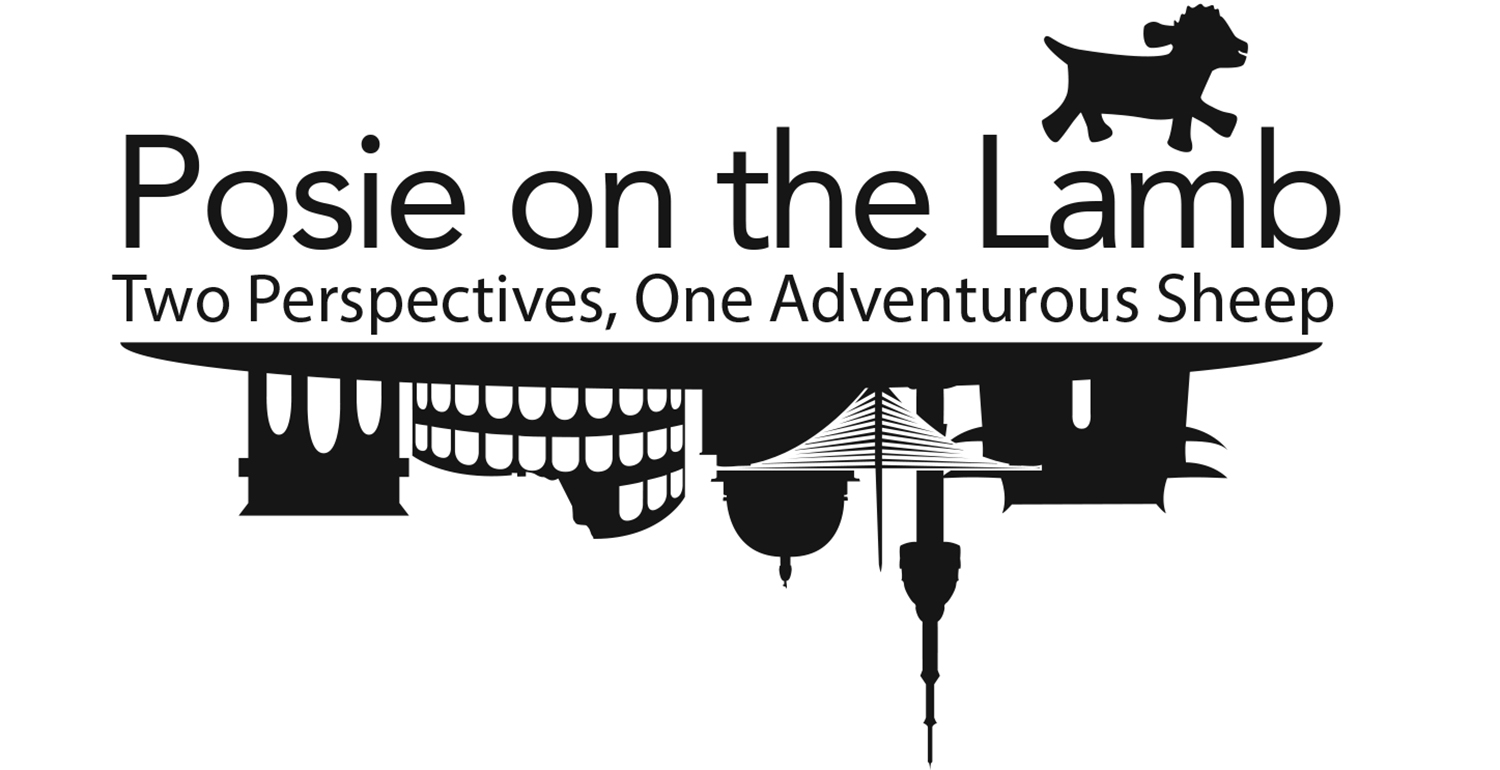Making Bánh Chưng

It’s bánh chưng season! Our landlady graciously invited us to crash her family's cooking party. It turned out to be a marathon event, and some of the most fun we've had in Việt Nam. Bánh chưng is a rice cake that's only eaten at Tết (Lunar New Year). It's essentially pork and beans in rice. This doesn’t sound very intimidating, but making bánh chưng is enough work to make an Iron Chef quake. So naturally, our sweet, grandmotherly landlady was all over it.
Now, I know my way around rice cake. In Korea, I was hardcore obsessed—I took a twelve-week tteok cooking class and ground my own flour at the mill. But bánh chưng turned out to be way out of my league.
Bánh chưng is the north Vietnamese version of this cake. It’s square and comes wrapped in giant leaves called lá dong. The southern version, bánh tét is the same cake rolled into a cylinder shape and cooked in banana leaves. By the time our landlady picked me up Wednesday evening, she and her family had already cleaned over 500 leaves.
“You finished already?” I asked over the roar of her motorcycle. I had volunteered to help with the prep work, and been promised a serious amount of leaf-cleaning in my future. “Then what will we do?”
“Now we’ll prepare the beans,” she said, cutting off a taxi to zip into a side street. Her family’s house was in a quiet neighborhood of narrow buildings, pressed wall-to-wall around a cul de sac. I don’t think foreigners went there much. I attracted a lot of attention when I hopped off the bike, and even more when I sat down on a tiny stool to help wash mung beans.
Fortunately, the job didn’t require any skill, just a lot of time. The beans had been soaked for several hours, and now we had to get rid of the green skins. I sat in an empty street with a shifting cast of women, a few kids at either elbow, and helped pick through 20 kilos, one little bean at a time.
It took about four hours. By the time I climbed off my stool, my back had tightened into a 45 degree angle. But I promised to return the next morning for the main event—assembling the cakes.
“We’ll start cooking the beans at 4am,” my landlady explained. The horror must have shown on my face, because she added, “but we won’t make the bánh chưng until 7am. So come between six and seven.”
“Or eight or nine,” her daughter added. “It takes a long time; we’ll be making it all day. Get your sleep.”
We took her advice and arrived around eight. The family was sitting on the living room floor, making bánh chưng assembly-line style. Two people wiped down the leaves, which were passed along to be folded into molds. It took four leaves to make each stiff, folded box. Then the cake ingredients were added in layers: rice, mashed bean, marinated pork (with tattoos still inked in the pigskin), mashed beans, rice. The leaves were folded and tied like gift-wrapped packages.
Sam and I were put to work filling and closing the leaf boxes (under heavy but friendly supervision). Many of the bánh chưng would be gifts for bosses, teachers, and friends. It was important they turn out right, and we were taught to press the rice into every corner and produce perfect, compact squares. Stacks of bánh chưng soon covered the table tops and stairs, and stood in piles around our feet.
The gas man showed up with a propane tank and enormous metal cauldron. The bánh chưng were stacked inside (with lots of commentary and adjustments, like an extended family trying to pack a suitcase).
Then water was poured in and the gas fired up. The clock began when the water started boiling. The bánh chưng cakes take ten hours to cook. Then they’re pressed under heavy weights for another ten hours, to get the water out.
Fortunately, we didn’t have to wait that long to try some. One of the family had been gifted a bánh chưng the previous day, and generously opened it for us.
The cut cake didn’t look like much, but the flavor was great. It was so, so dense—you could taste all ten hours of pressure. Like Korean rice cake, it was sticky and thick, but with pork roast in the middle. It’s eaten with cold, pickled onions, which are perfect against a chewy mouthful of bánh chưng.
From end to end, the cakes took three days to make. I now suspect bánh chưng is a once-a-year treat because no one in their right mind would make it twice. But it’s a true holiday food, bringing families together to share the work and reward.
As in Korea, Vietnamese Buddhists offer a feast to their ancestors at Lunar New Year. Bánh chưng is one of the foods that goes on the altar. Afterward, it’s shared by the family, a meal for past and present generations.
We were lucky to share a small part of this family’s Tết traditions. I don’t know that we’ll ever make bánh chưng again (not without a posse to help shuck mung beans, that’s for sure). But we’ll definitely remember it for a long time.
We’ll also be eating it for a long time. Our landlady brought us one, and it will take all year for us to finish. It’s the kimchi conundrum all over again!
-Erin














